Itai Yanai, Professor at the Department of Biochemistry and Molecular Pharmacology at NYU, shared on X:
“Learning how to ‘read’ the genome is a basic skill for all biologists. As an introduction, here’s a thread about using the genome browser to make a discovery about how we lost our tails. All you need is your ‘thinking eye’!
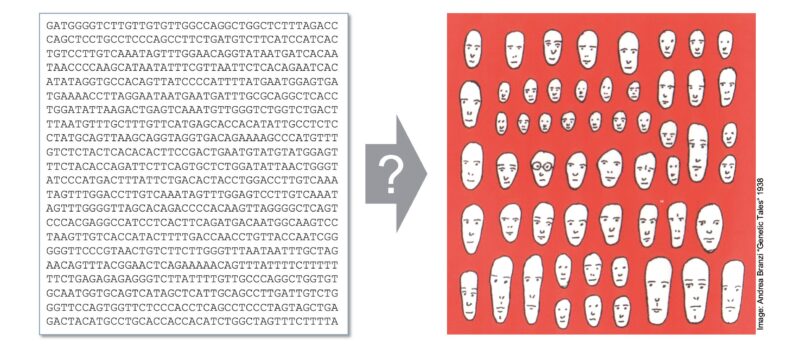
The UCSC Genome Browser is a free user-friendly browser for anyone curious to study a genome. ‘Tracks’ of annotation are shown in parallel, showing genes, transcripts, other genomes, and functional information. You can zoom in & out to study the genome at different scales.

Let’s retrace one discovery (true story) made with this genome browser. How did we lose our tails? Bo Xia, a PhD student in the lab, was studying the Tbxt gene looking for clues. To get started, enter in the gene name “Tbxt” here and you’re in!
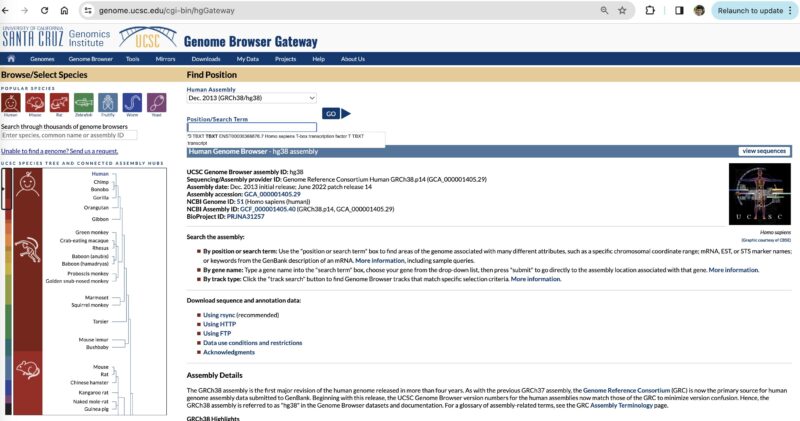
Here’s the Tbxt gene in the browser. Play around with the settings below to get it the way it’s shown. Let’s add the “Primate Chain/Net”, by changing from ‘hidden’ to ‘full’. Here’s a link to the it’s shown here:
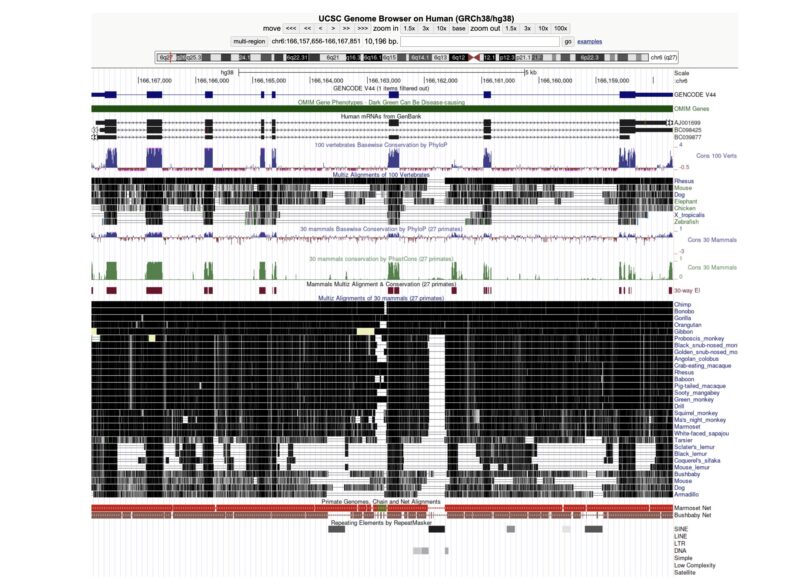
Let’s start at the top. The scale is set for the size of the Tbxt gene. This genes is in pieces, as most genes are in the genome: Each blue rectangle here indicates an exon and the spaces in between them are the introns.

Check out the comparative genomics part: each line shows the similarity of the human genome to a different species. In each track, we see the parts that are similar (black), different (white), and those with missing sequence (yellow). Do you see something interesting?
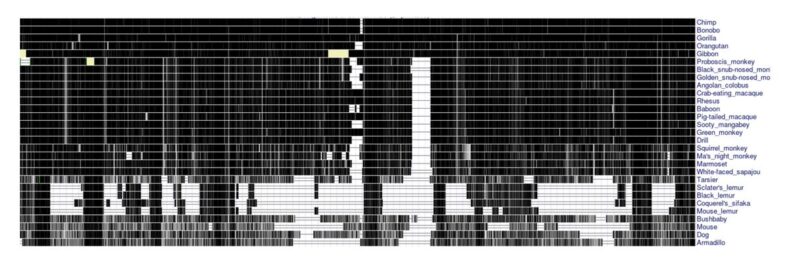
Let’s take a step back.. the reason we were interested in the Tbxt gene is that it’s known to play a role in the loss of the tail in other species. As every kid knows, apes don’t have a tail while other monkeys do. Is there a genetic difference in Tbxt in these two groups?
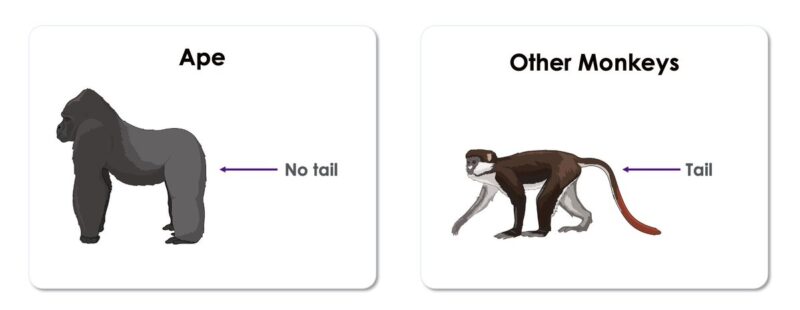
Back to the browser. Did you find it? There’s a genetic element in the (tail-less) apes and not in the (tailed) monkeys. All the ape Tbxt’s have it, so we infer that it was inserted in our common ancestor ~25 million years ago. Is this how we lost our tails?!

To figure out what is this genetic element, we can look to the other tracks for help. Turns out that it is a ‘jumping gene’ of the kind discovered by Barbara McClintock. Looking at the “repeats” tracks, we see that it’s an Alu element (a kind of SINE) of the AluY family.
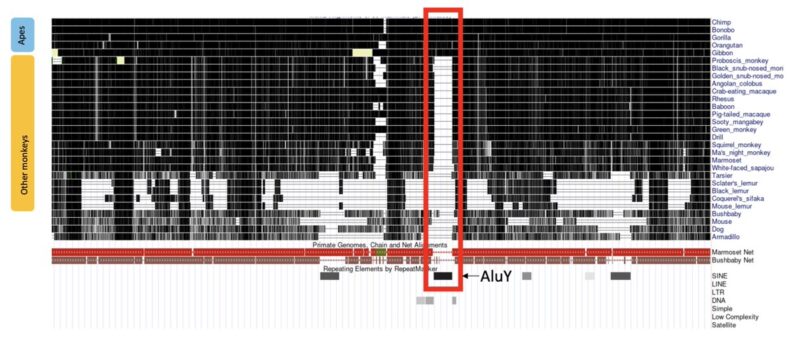
But this AluY – a 1 out of a million Alu’s in the genome! – is in the middle of an intron, so how could it do anything? Looking around, we see another Alu (AluSx1), in the opposite orientation, suggesting that they would make a hairpin structure in the mature mRNA!
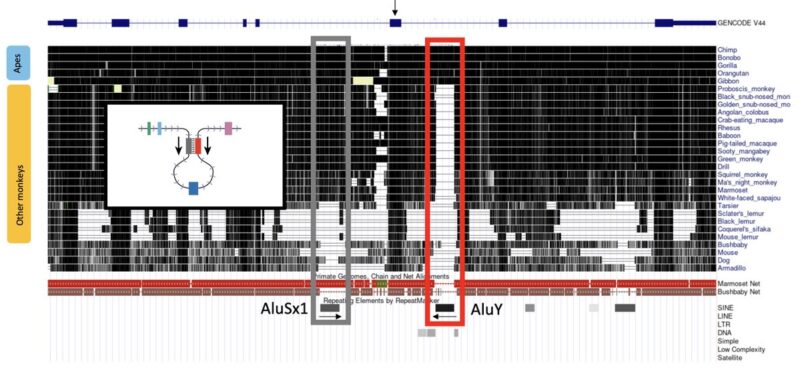
That made Bo wonder whether this Alu insertion leads to alternative splicing in apes because it forms a hairpin with the other (ancient) Alu and excludes one exon in the mature mRNA. Looking at the ‘transcripts track’ we indeed find evidence for this alternative splicing!
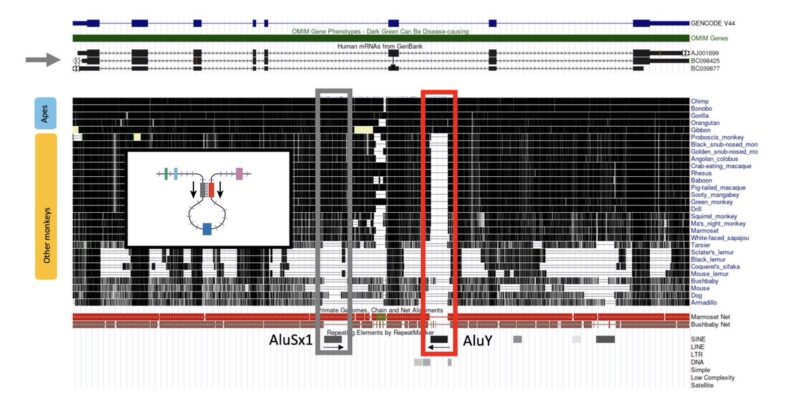
So just by studying the genome browser Bo came up with a model for how we lost our tails: An Alu element inserted in our ancestors leads to alternative splicing. It makes sense that a subtle change like this is required, given that Tbxt is such an important gene.

To find out more about what we did with this model:
1. The paper.
2. A recent CNN article about it.
3. A UCSC tutorial.
4. Hear Bo talk about it on the Night Science podcast.”
Source: Itai Yanai/X
